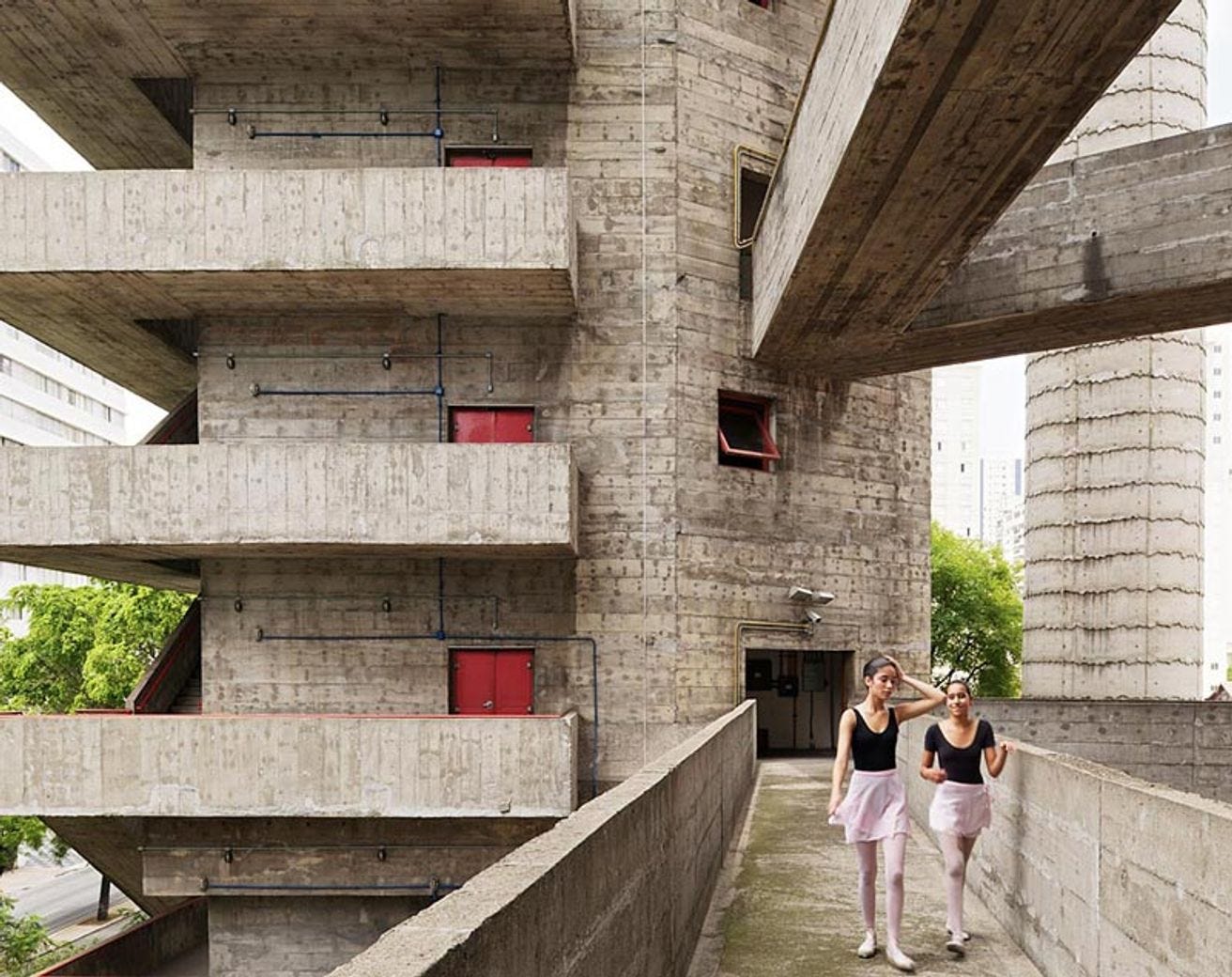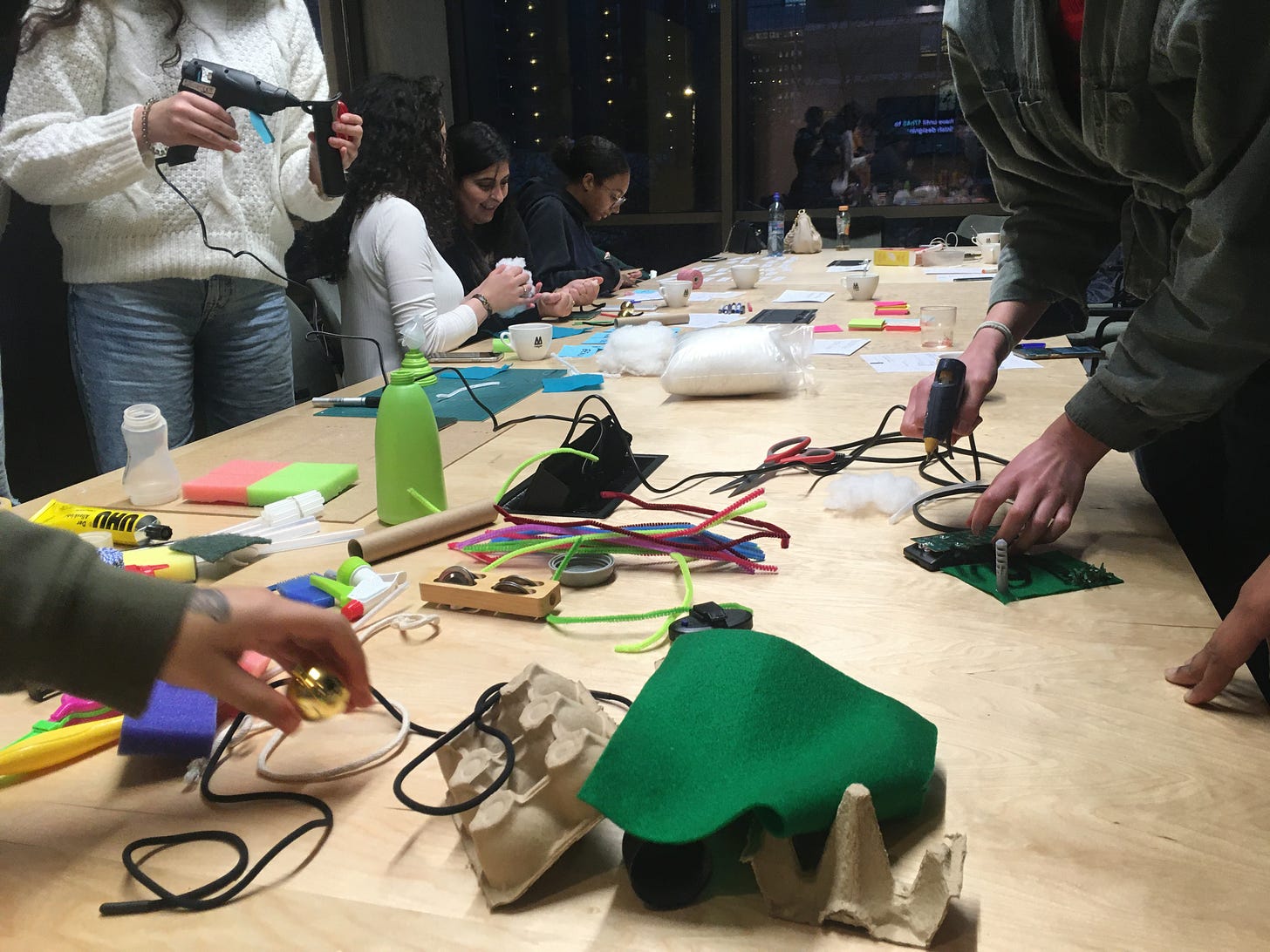#45 How subcultures shape the community that inhabits the city
How the social fabric influences the city
Hello readers,
December has arrived and we’re in one of the craziest periods of the year where it seems all your deadlines are on your neck.
So, we hope that the newsletter of this month will be a fresh breath for you and your brain.
Today, we explore how subcultures influence the social fabric of cities, transforming mere spaces into dynamic, living communities.
Cities are often defined by their landmarks, streets, and public spaces. But beyond the physical layer, it is people who breathe life into these places. Each city holds a rich amount of cultures and subcultures, each contributing to the city’s identity in unique ways. These diverse communities (sometimes distinct, sometimes connected) build new social spaces, create vibrant events, and shape the everyday rhythm of urban life.
In the final section of this newsletter, you'll find a special photo that has a deep personal meaning for me, as my city is Rome. It shows how subculture can completely challenge the conventional image of a city like Rome, named the "Eternal City." Maybe the people of Rome have decided it’s time for the city to also embrace its modern side — still chaotic, but also rich in tradition, art and history. Thanks to a group of young Romans, everything is being reclaimed and reinterpreted by the citizens themselves.
Let's dig into this.
Have a great weekend!
Irene Verde,
Service and communication designer
"The city is a place where the creative potential of subcultures can emerge, where the tensions of everyday life get played out in the streets, and where the dynamics of power and resistance are constantly reshaping the urban environment."
— David Harvey
🌎 From the world.
In the SESC Fábrica Pompeia, a landmark project by Italian architect Lina Bo Bardi in São Paulo, subcultures emerge through the building's flexible spaces, which encourage diverse groups—such as artists, skaters, youth, and activists—to interact. When Lina Bo Bardi first visited the factory, it had already been occupied by neighbours, whose informal activation of the building Bo Bardi absolutely wanted to maintain. The building's open-plan areas and integration with public spaces host events like concerts, sports, and workshops, making it a hub for cultural experimentation. Its industrial aesthetic attracts alternative communities, blending the rawness of the former factory with contemporary urban subcultures. These spaces allow for the mixing and reimagining of cultural practices, reflecting the city's social diversity.

🚲 From the Netherlands.
The city of Rotterdam, our home, is without any doubt a prime example when discussing how cities are shaped by subcultures. A walk through the city reveals its fascinating cultural diversity. A great example of how Rotterdam is continuously shaped by subcultures is the Hip Hop House, a place where hip-hop goes beyond just dance, music, style, and expression; it embodies a distinct way of thinking, living, and acting, much more connected with reclaiming spaces for minorities and elevating their work and influence in Rotterdam and beyond.
Its culture and history are deeply intertwined with social issues and societal changes. Educating oneself about hip-hop is crucial, not only to gain a deeper understanding of this influential culture but also to explore personal identity and how it relates to the world around us. This is possible not just thanks to classes and workshops but also events, guests and lectures.

🧡 From Humankind.
Our project Young City Makers is a good example of how subcultures are a conversation for the younger generations, born within a global world and often with a different perspective of it. The project aims is to empower young people to engage in shaping their communities through art, design, and activism. By fostering creativity and collaboration, they enable youngsters to leave a lasting mark on urban spaces, transforming them into more inclusive, dynamic environments that reflect diverse, evolving identities..
📚 Dive Deeper.
Have you ever wondered what the life (and dynamics) of a Cairo vendor might be like? Cluster, a Cairo-based platform for urban research, architecture, art, and design initiatives, asked this question and tried to document it through photographs and observations in the research “STREET VENDORS INITIATIVE”.
🤩 So beautiful.
RomaDiffusa is a creative initiative that showcases Rome's cultural and artistic essence through unconventional exhibitions and storytelling. Organized by BLA Studio, it transforms urban spaces into stages for art, blending local heritage with contemporary expressions.
The project aims, on the one hand, to map the territory and its creative and dynamic realities; and on the other, it strives to activate and connect entrepreneurs and institutions. The goal is to systematize existing resources and build a bridge between the public and private sectors, as well as among various entities that, within Rome's complex fabric, often struggle to engage in dialogue.





